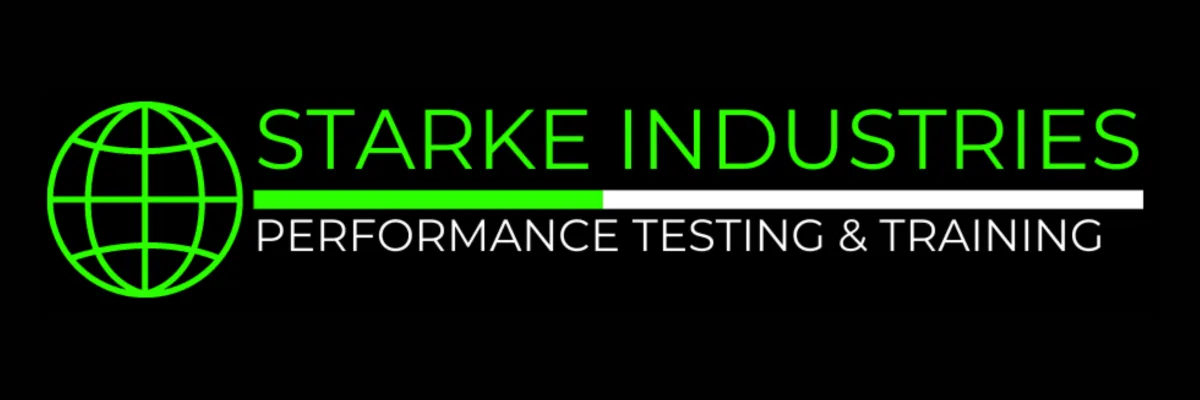
How Your Thoughts Shape Performance
What if your thoughts were the secret to unlocking peak performance — or the silent reason you’re stuck?
You can train hard and eat clean.
But if your mind is stuck in negative loops, you limit your own results.
Let’s break down why your thoughts matter and how to shift them.
Paul Chek’s First Pillar: Thoughts
Paul Chek teaches that thoughts are the first pillar of health.
Why?
Because every choice you make starts in your mind.
Your thoughts shape:
How you approach training
How you recover
How you handle mistakes
How you interact with others
Example:
If you tell yourself “I’m weak today”, your body often follows.
If you tell yourself “I’m here to give my best”, you activate effort and focus.
Thoughts are not just background noise — they guide action.
Performance Impact: The Hidden Force
During training or competition, your thoughts affect:
Focus: Are you locked in or distracted?
Movement: Are you relaxed or tense?
Recovery: Are you helping your body reset, or adding mental stress?
Negative thinking increases cortisol and tension.
Positive, focused thinking improves coordination and decision-making.
Daily Life: Training Beyond the Gym
Your performance doesn’t start and stop at the gym.
Off the field, your thoughts shape how you:
Handle school or work stress
Navigate relationships
Manage sleep and recovery
If you carry “I’m behind” or “I’m not good enough” through the day, it drains you.
Athletes who manage their mindset outside training show up better inside training.
Dr. Ben Hardy: Reframing Your Experience
Dr. Ben Hardy’s work focuses on framing:
How you define an experience shapes how you feel and act.
Example:
Bad framing: “I failed this lift; I’m no good.”
Productive framing: “That was a tough set; I’m learning where my limits are.”
You control the meaning you give to events.
By reframing, you change how challenges affect you.
Practical Steps You Can Use Today
1. Notice Your Thoughts Before and During Training
Ask yourself: “What’s running through my mind?”
Are you present or doubting?
2. Shift Negative to Neutral or Positive
Negative: “I always choke under pressure.”
Neutral: “I’ve prepared; I’ll focus on the next play.”
Positive: “Pressure sharpens me.”
3. Do Midday Thought Check-Ins
Between classes or meetings, pause:
Am I helping or hurting myself with my self-talk?
4. Prime Your Morning and Evening
Morning: Set one intention. Example: “I bring focus to training.”
Evening: Reflect on one win, not just what went wrong.
What the Research Says
Studies show positive self-talk improves sprint times, jump height, and skill execution.
Negative thinking increases stress hormones, slows recovery, and impairs decision-making.
Athletes trained in mental framing handle pressure and setbacks better.
Try This: Your Thought Ladder
Next time you face a challenge:
Step 1: Notice the negative (“I can’t do this”)
Step 2: Go neutral (“I’ll do my best”)
Step 3: Go positive (“I’m improving with each rep”)
Final Question for You
What’s one negative script you’ve been running on repeat — and how will you reframe it this week?
Want More?
Share this post with a teammate or coach who needs a reminder:
Performance starts in the mind.



